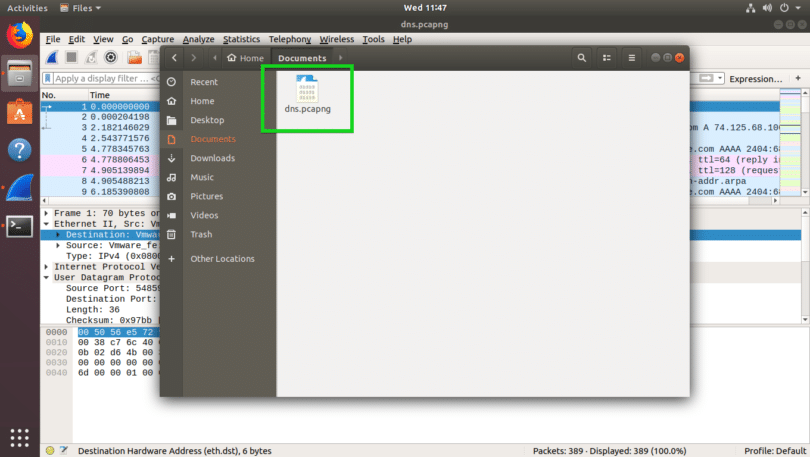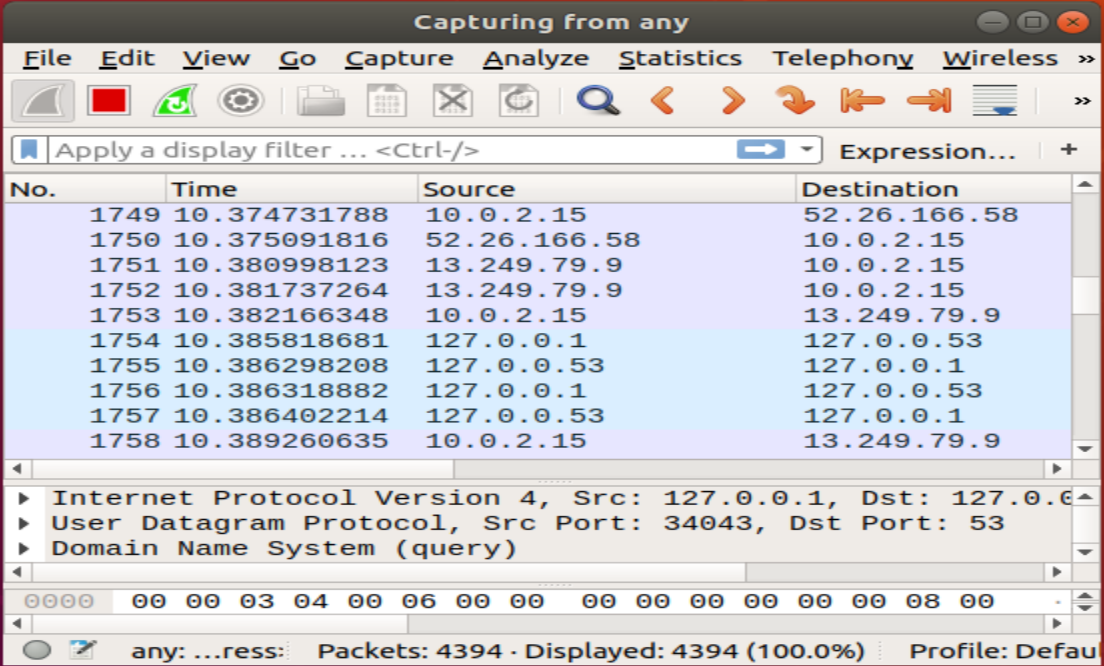

This menu also allows you to access additional capture options or find particular packets. You can save, close, and reload capture files from the toolbar. Toolbar: The main toolbar has buttons to start, restart, and stop capturing packets. The tools tab has available tools for Wireshark, while the Help menu contains manual and help pages. The wireless tab shows Bluetooth and IEE 802.11 statistics. The telephony tab allows you to display telephony statistics. You can disable or enable protocol dissection manipulate displays filters from the Analyze tab, among additional options. The capture tab allows to begin and halt capturing files and editing filters.

The Go tab permits you to run an inspection of specific packets. Top 10 reasons to use Debian as your Linux distro.How to set up a static IP address on Debian 11.How to install and configure pCloud on Debian.In case you don’t have Debian installed on your machine, we suggest you can take a look at our other article on How to install Debian 11 before proceeding with the article. Having looked at that vital piece of info, let us now turn our focus and look at the core part of the article that explains how to install Wireshark on Debian 11, and also look at how to get started with this packet analyzer that has proven to be useful for several functionalities including sniffing, network problems troubleshooting and a lot more. Exports some or all packets in several capture file formats.Imports packets from text files containing hex dumps of packet data.Uses a network interface to capture live packet data.Wireshark and other packet capture programs.Opens files containing packet data captured with tcpdump/WinDump.




 0 kommentar(er)
0 kommentar(er)
